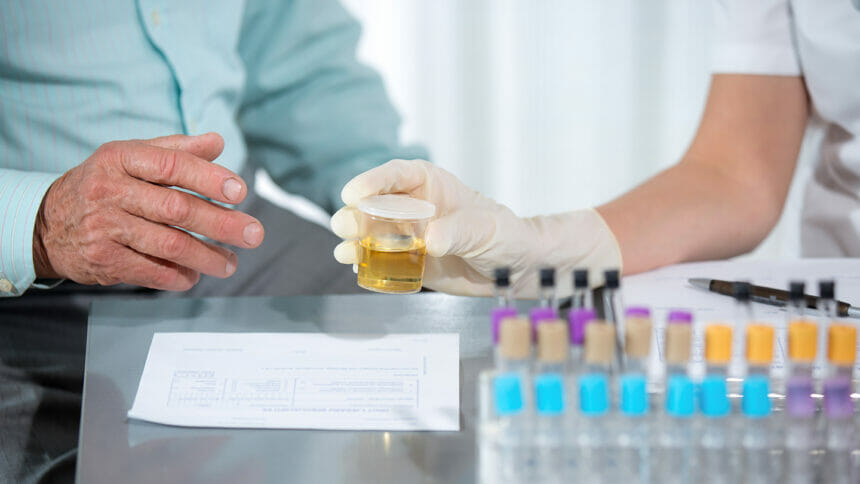
The pathogens that cause catheter-associated urinary tract infections (CAUTIs) are more likely to resist antibiotic treatment than the organisms that cause non-CAUTIs, investigators have concluded.
The findings emphasize the need for urine sampling and culturing before treating CAUTIs, and the importance of considering therapeutic alternatives, investigators wrote in a study published in Antimicrobial Stewardship & Healthcare Epidemiology.
Data came from approximately 70% of all urine cultures processed in Swiss laboratories in 2019.
The overall resistance rate for the commonly prescribed antibiotics ciprofloxacin, norfloxacin and trimethoprim-sulfamethoxazole was between 13% and 31%. E. coli from CAUTI samples had a higher resistance rate to all antibiotics except for nitrofurantoin. K. pneumoniae and P. mirabilis showed differences only for resistance to quinolones.
In addition, “significantly higher resistance proportions” of certain bacteria were resistant to ciprofloxacin and norfloxacin, investigators reported.
One standout comparison was P. aeruginosa, which represented 10% of CAUTI pathogens versus only 3.3% of non-CAUTI pathogens.



